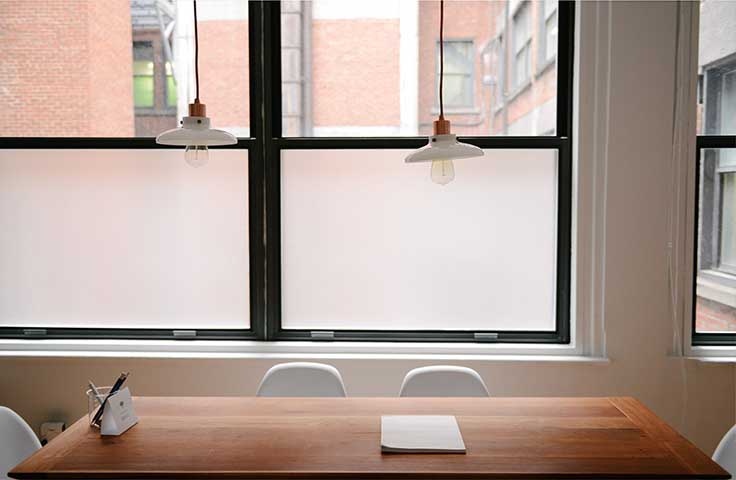A Lean Business Is A More Profitable Business
 Contributed by
Olivia Chiong
May 26, 2015
Contributed by
Olivia Chiong
May 26, 2015


The other day, an entrepreneur shared with me that he recently discovered he was running the leanest company in his industry. Other companies in the same industry had 3 or 4 times his number of staff, much higher overheads and much lower profits. They also happened to have raised funding.
On the other hand, he had not raised money, was bootstrapping from the beginning, and generally, ran a tight ship that didn’t leak.
It reminded me of when I started my first business. We started with literally nothing. We registered a partnership and only opened a bank account when we landed our first project. I remember getting the 50% deposit and using it to open a bank account. We worked out of my spare bedroom that I turned into a home office. Even after we hired staff, we still continued to work from my home so we could save on overheads. We didn’t buy fancy computers or equipment. We worked with what we had and only added head count or equipment when we needed it.
This philosophy enabled us to operate efficiently and with less stress. Because we were not constantly worried about how much money we had to make every month to cover the overheads, we could focus on pitching for interesting and fun projects. It also meant more profit margin for every project we did.
So with that in mind, here are some tips for operating a lean business.

1. Office space
Consider if you really need an office, especially if you are a small team. Most solopreneurs can work from home. However, the key to efficiently working from home is a conducive environment. This means turning a room into an office and not just working at your kitchen table or on your bed with your laptop on your lap. Sometimes, it may make more sense to use co-working spaces instead so that you can be surrounded by other people and be inspired to be more productive.
A couple of suggestions – Woolf Works specialises in being a creative space for women and Collective Works is a great option where you can pick and choose what kind of co-working space you need and it can scale as your business grows.
Be realistic. If you really need to rent an office, figure out how much you can afford. Every dollar you spend on rental is a dollar that you cannot invest in your business. If the cost of the office is $3,000 a month, think about what better uses you can have for the $3,000. Could it mean hiring staff so you can expand your business? Or could it be an investment into marketing and sales? Either way, growing your business sounds better than paying for space.

2. Head count
In this technology age, it is easy to hire a virtual team to work for you instead of bringing on a permanent head count. Unless you know you will have a steady stream of work for someone, hiring full time staff is actually quite a big responsibility. You have to pay this person at the end of every month. If you end up not having enough work for this person, you still have to pay the salary. When times are bad, having to let someone go is one of the most painful processes for a business owner. Contrast this to project-based work. When you hire people on a project basis, you only pay when projects are done.
If a project was not fulfilled to the agreed terms, you can negotiate to pay only the rate that should be due. For other parts of the business such as book-keeping or administrative matters, you can also minimise head count by outsourcing. Virtual teams can be hired for all kinds of tasks at a fraction of the cost of a full time staff. So the next time you are planning to hire someone new, consider if that role can be outsourced or part time.

3. Minimise Expenditure
What are the common business expenses that crop up in any business? It ranges from one off purchases such as computers, printers and other infrastructure related items to monthly bills including transportation, internet, phone bills, website hosting, etc. Do you really need to work on a brand new, fully loaded 27-inch iMac? Or can you do your work equally well on the most basic MacBook? Do you need to pay $150 for the fastest broadband connection? Or will the basic $49 plan do? Do you need a fancy website built from scratch? Or can you use a template built on existing web services such as WordPress?
It really is all about the choices you make. I’ve seen people spend $3,000 a month on rent and aren’t able to pay themselves a salary. I’ve seen business owners who hire full time staff without truly planning the resource requirements and end up having to let them go within a few months. I’ve seen websites that are “Under construction” for years simply because the business owner wanted a “customised” site and the web developers they paid thousands of dollars to couldn’t get it perfect.
So take a look at your business today. See if there are any ways you can run it leaner and help you to make more profits in the process.
Visit UnBusy Entrepreneur to find out more about Olivia's work.
This post was first published on www.olivia.thechiongs.com and has been reposted on Executive Lifestyle with the permission of the author.
Images: www.pixabay.com, www.stocksnap.io
Did you enjoy this post? Please comment, like and share!











Sorry, the comment form is closed at this time.